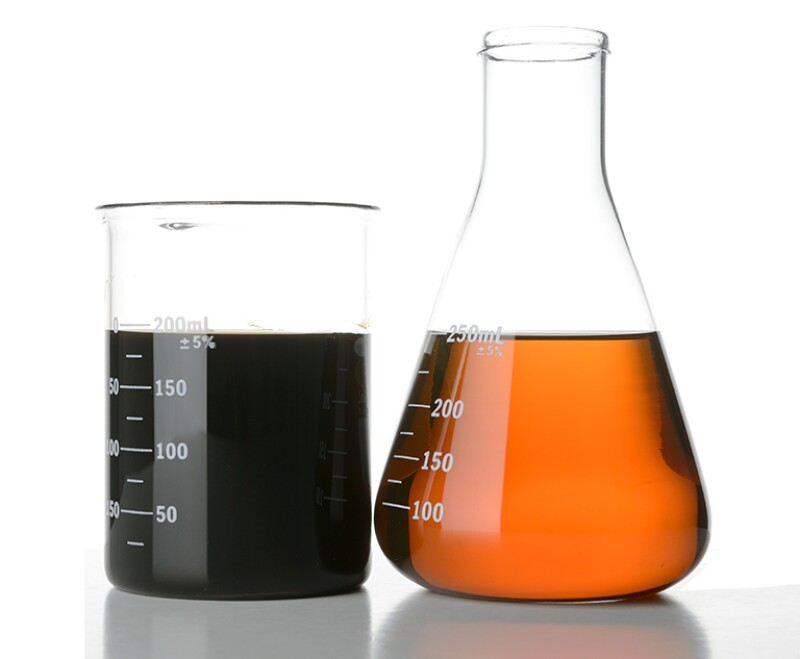When you think about robots in the oil and gas industry today, the first images that might come to mind are drones, automated drilling rigs, or maybe a robotic inspection dog called Spot.
Next time, you may think about robots that toil around the clock to create a chemical package destined for an oil well or pipeline. That’s not the future but the new reality inside the laboratories at Clariant Oil Services in The Woodlands, Texas.
The recent adoption of lab robotics was the focus of one of the published technical papers from the 2021 International Conference on Oilfield Chemistry held in November in the Houston area.
Two other papers presented at the conference also helped highlight the innovative thinking that is shaping the industry’s chemical sector.
Authors from ChampionX and Hess Corp. shared their apparently successful attempt to unravel a “mysterious case of severe Bakken brine incompatibility.” The problem addressed in their paper was severe enough to force hundreds of Bakken wells to temporarily shut in over the past 3 years.
Another paper from Baker Hughes addressed the more widely shared problem of knowing when to add production chemicals to a well and the quantity of those chemicals.
The common thread between each of these new papers is that they address some aspect of the industry’s complications with corrosion inhibitors.
Robo-Lab Creates New Corrosion Inhibitor

THE PROBLEM: Developing a new line of oilfield chemicals may take a team of chemists several months to complete. Ramping up that process is not easy when it requires a laboratory to hire more chemists, which in turn, requires additional lab space.


